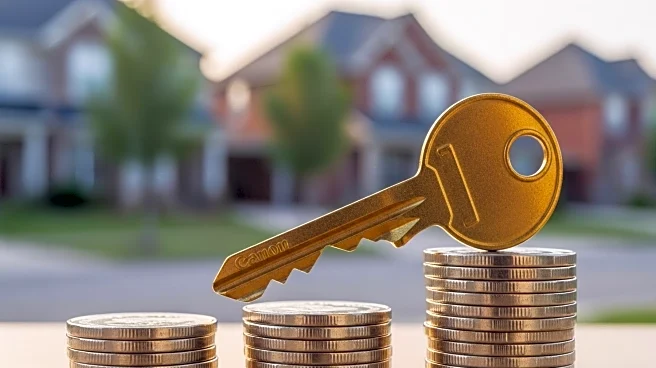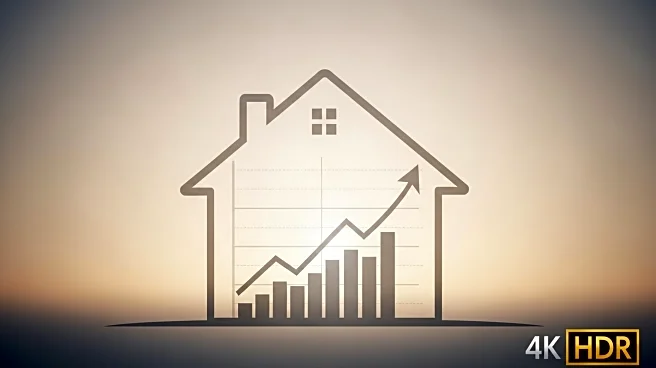What is the story about?
What's Happening?
New data from the Census Bureau indicates that the median monthly cost of homeownership in the U.S. has risen to $2,035 in 2024, marking a nearly 4% increase from the previous year. This figure includes mortgage payments, insurance, taxes, utilities, and other fees. The rise in costs is attributed to higher mortgage rates, insurance premiums, and homeowners association fees. Additionally, electricity costs are increasing due to higher power demands from sectors like artificial intelligence and manufacturing. The data highlights significant regional variations, with the highest costs in areas like Washington, D.C., California, and Hawaii.
Why It's Important?
The increase in homeownership costs underscores the financial challenges facing American homeowners, particularly in high-cost regions. This trend has implications for the housing market, consumer spending, and economic stability. Rising costs may deter potential homebuyers, affecting demand and housing affordability. The data also reflects broader economic pressures, such as inflation and energy consumption, which could influence policy decisions and market dynamics. Stakeholders, including homeowners, real estate professionals, and policymakers, must navigate these challenges to ensure sustainable housing solutions.
What's Next?
As homeownership costs continue to rise, potential buyers and current homeowners may need to reassess their financial strategies. Policymakers might consider interventions to address affordability issues, such as incentives for energy efficiency or adjustments to mortgage regulations. The real estate market could see shifts in demand, with potential impacts on housing supply and pricing. Ongoing monitoring of economic indicators and consumer behavior will be crucial in adapting to these changes.
AI Generated Content
Do you find this article useful?














